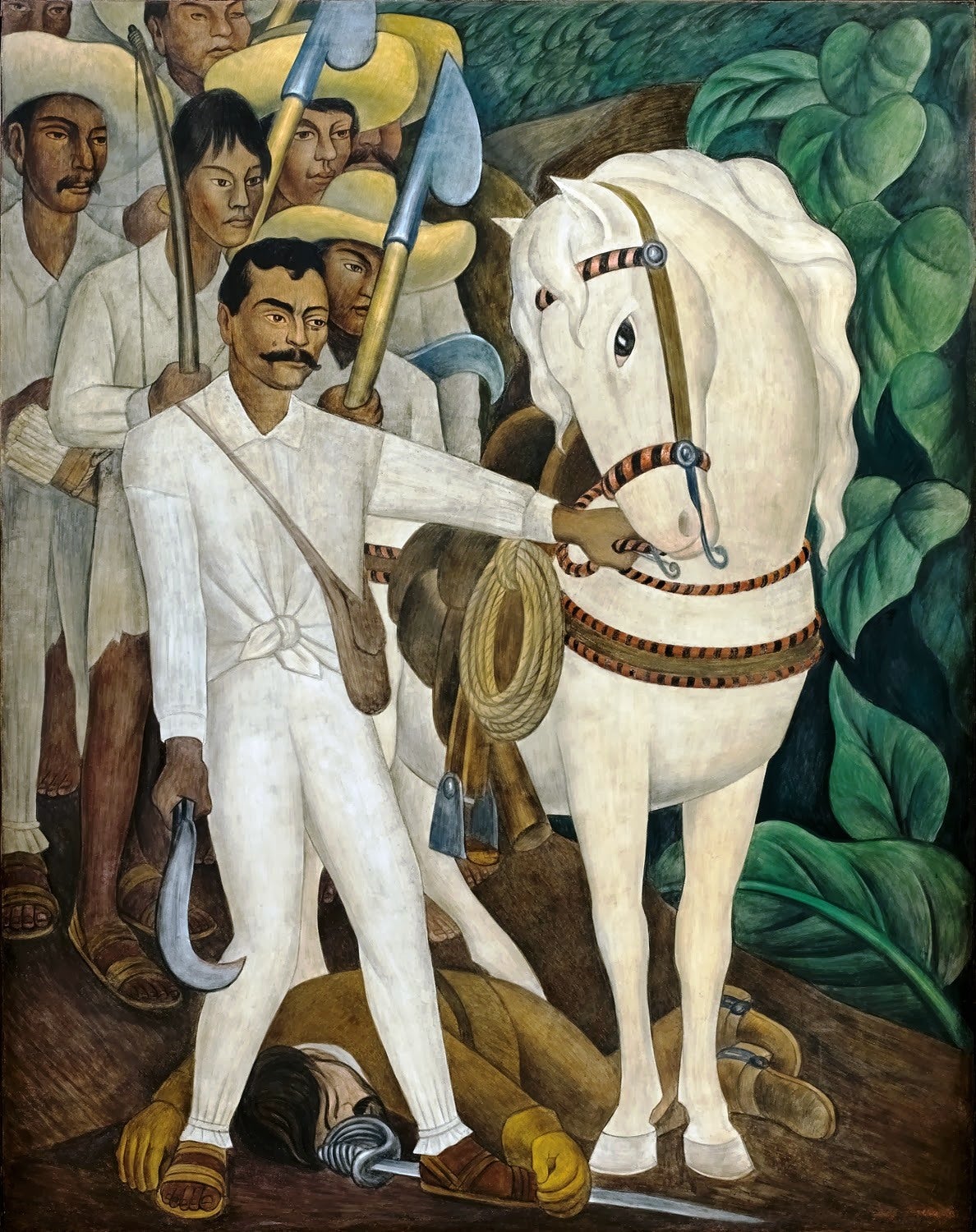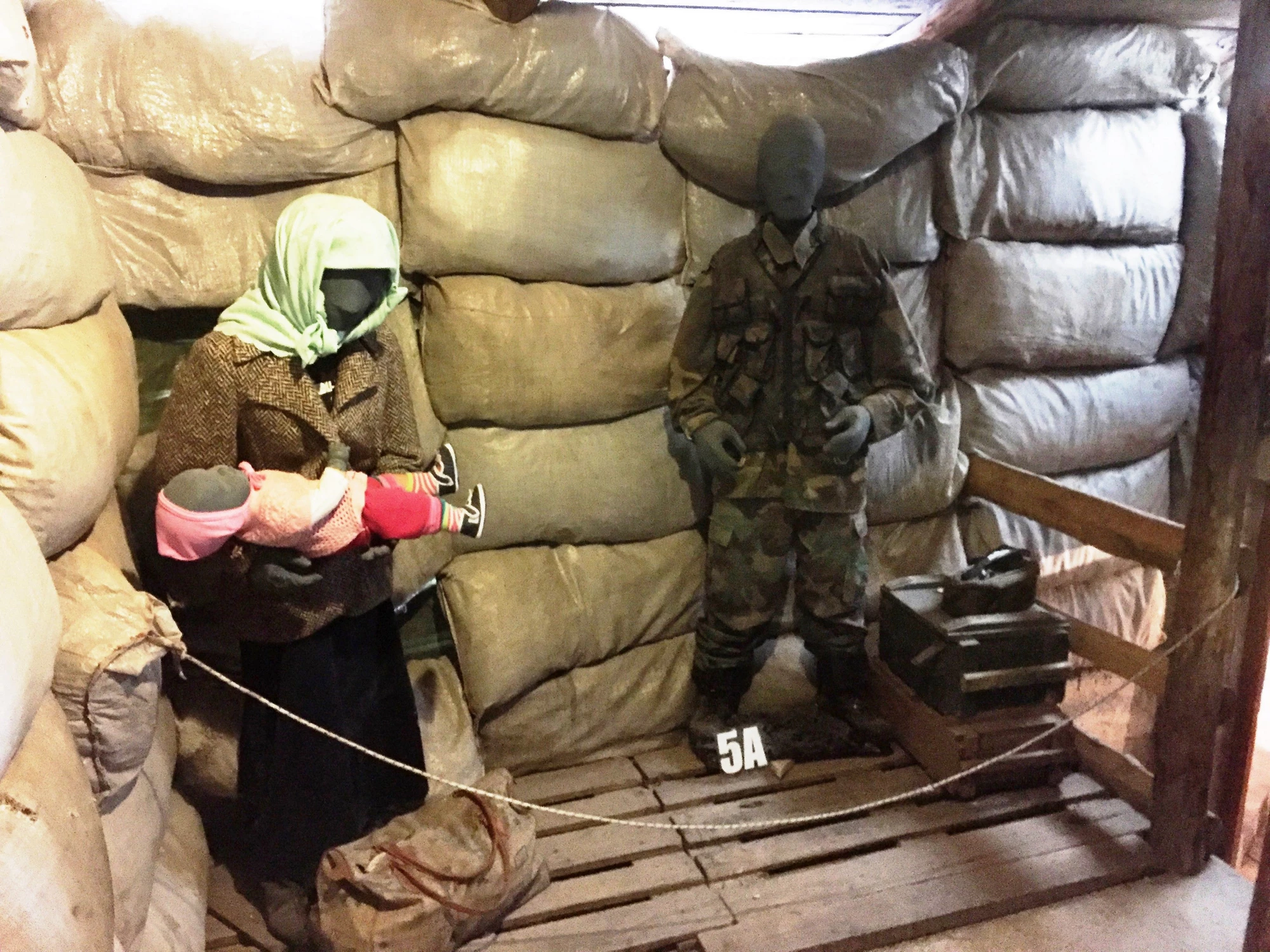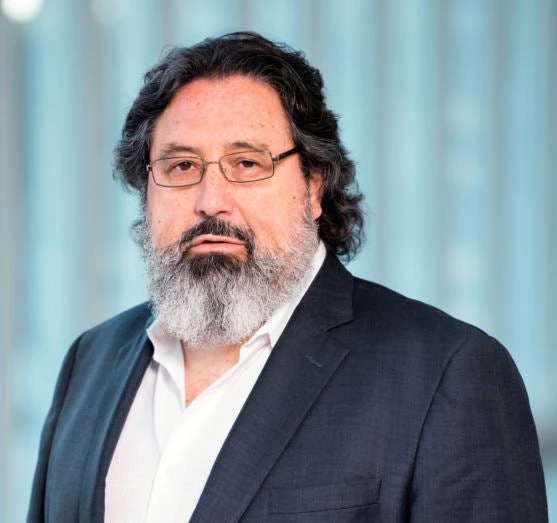
The plight of forcibly displaced people, who are fleeing conflict and violence, is best summed up by the lyrics of the plaintive 1970 classic by Argentine troubadour Facundo Cabral: "No soy de aquí ni soy de allá"("I'm not from here nor there").
Those lyrics convey both the sense of uprootedness felt by those displaced from their native lands and habitual routines, and the feeling of “otherness,” emotional detachment, and powerlessness when relocated to foreign surroundings and societies, which in some cases, are unwelcoming to outsiders.
While not a new historical phenomenon, the current crisis of forced displacement is posing serious humanitarian and development challenges across the world which we cannot ignore given their scale and complexity. As documented in a recent World Bank report, “Forcibly Displaced: Toward a Development Approach Supporting Refugees, the Internally Displaced, and Their Hosts,” about 65 million people, or one percent of the world’s population, live in forced displacement and extreme poverty. As differing from economic migrants that move in search of better opportunities and those affected by natural disasters, the forcibly displaced, both refugees and asylum-seekers (about 24 million people), and internally displaced persons (about 41 million people), are fleeing conflict and violence. And let’s not forget that host communities are also affected by economic and social disruptions caused by inflows of displaced people.
As advocated in the report, reducing vulnerabilities of the forcibly displaced during a crisis and helping rebuild their lives in the medium term, while mitigating the impact on host communities, can be managed by the international community. It requires adequate effort and effective collective action to support economic activity, job creation, and social cohesion, as well as to strengthen and expand health and education services, and housing and environmental services.
When designing these programs, we have to be conscious that displaced people not only have lost much of their assets and risk the depletion of human and social capital, but also have experienced traumatic events, including witnessing the killing of loved ones, family separation, abandonment of children and the elderly, and being subjected to torture, rape, and other forms of violence that leave deep and lasting mental scars. Unlike physical wounds and losses, conditions such as post-traumatic stress disorders, depression and anxiety, and traumatic brain injuries, which affect mood, thoughts, and behavior, are often “invisible” to the eye or simply persist unrecognized, unacknowledged, or ignored in humanitarian and development assistance programs, undermining efforts to help rebuild and sustain the lives of displaced populations.
What can we do? As was advocated at the global mental health event organized by the World Bank Group and World Health Organization at the 2016 WBG/IMF Spring Meetings, a collaborative response is required to tackle mental health as a development challenge. Such a response would involve multidisciplinary approaches that integrate health services at the community level, in schools, and in the workplace to explicitly address the mental health and psychosocial needs, including alcohol and other drug use problems, of displaced people and host communities. It would also include innovative social protection and employment schemes that facilitate the reintegration of affected persons into social and economic activities, such as done under Canada’s RISE Asset Development, which provides seed capital and lends at low-interest rates to people with a history of mental health and addiction challenges.
It is time to stop treating mental and substance use disorders differently than other health conditions. After all, these are disorders of the brain, an equally important organ in the human body as the heart, liver, or the lungs. In moving forward, a firm commitment is needed from national and international actors to champion mental health parity in the provision of health and social services, as part of dedicated development support and assistance programs. We must help displaced people and refugees overcome their vulnerabilities, build mental resilience, and take full advantage of poverty reduction programs, economic opportunities, and legal protection, particularly to deal with widespread stigma and discrimination.
I am optimistic that recent attention to this issue will lead to increased commitments, funding, and implementation of required multi-sectoral action to address the needs of displaced people and refugees. In doing so, let’s not forget the words of António Guterres, recently nominated to serve as secretary general of the United Nations, who observed, that “while every refugee’s story is different and their anguish personal, they all share a common thread of uncommon courage – the courage not only to survive, but to persevere and rebuild their shattered lives.”
Related:
Facundo Cabral - No soy de aqui, ni soy de alla



Join the Conversation